This was published 5 years ago
World's weirdest tourist attractions: Just when you thought you'd seen it all
By Ben Groundwater
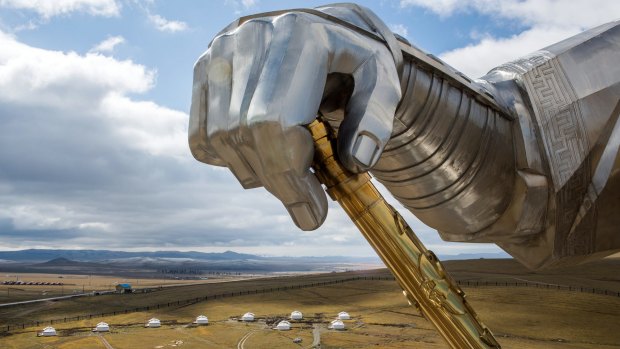
Built on the banks of a small river some 50 kilometres outside Ulaan Baator, the Equestrian Statue of Genghis Khan is almost shockingly huge.Credit: Bloomberg
Just when you think you've seen it all. Just when you begin to think the world can no longer shock you, that it holds no secrets, that you've seen enough to never be surprised again – along comes a sight that changes everything.
Along comes an island filled with creepy dolls. Along comes a theme park strewn with phalluses. Along comes the stupendously popular location of a thing that never existed.
This is what is so great about the world. It's what is so great about our lives exploring it, too. You've never seen it all. There will always be cities and countries and attractions and entities that will shock and surprise you, things that will seem so bizarre and different, sights you will walk away from completely baffled by their very existence.
The world is a strange place. And we mean that in the nicest possible way, too. This is a world of so many different cultures and traditions and ideas, some of which can seem pretty weird to those who have only just been exposed to them.
Many of the following attractions are just normal to the people who created them. They're expressions of culture, markers of history. To see these things is to understand the world a little better, to accept its quirks and marvel at its eccentricities.
They also serve as a handy reminder: you have never seen it all.
GENGHIS KHAN EQUESTRIAN STATUE, MONGOLIA
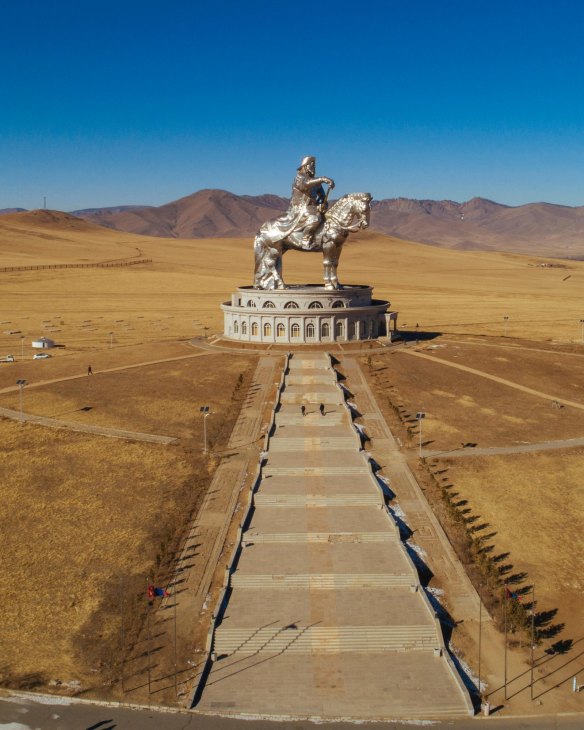
Credit: Alamy
It appears on the horizon while you're still so far away, this sparkling visage of Mongolia's great leader, Genghis Khan. Built on the banks of a small river some 50 kilometres outside Ulaan Baator, the Equestrian Statue is almost shockingly huge, some 40 metres high, about the size of a 12-storey building. Visitors can climb up into the head of the horse. There's a museum on-site. Of course, Genghis Khan is a national hero in Mongolia, so the gigantic statue doesn't seem strange at all until you consider that this guy was a ferocious, barbaric leader, an invader who pillaged and burned, a man responsible for the deaths of tens of millions of people and the destruction of countless pieces of cultural heritage. Still: winner winner. See mongolia.travel
See also: The 10 most extraordinary statues in the world
MEMENTO PARK, BUDAPEST
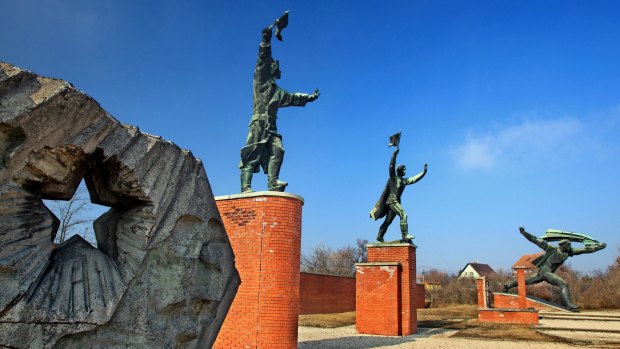
Credit: Alamy
There's something a little sad about the destruction of a statue, as if history is being erased in an admission that things at some point went wrong. In Budapest, however, the local authorities came up with a different plan, a way to recognise Hungary's communist past while also ridding the city of its brutalist, Soviet-era statues: put them all in a park. Memento Park opened in 1993, four years after the fall of the Iron Curtain, and contains 40 statues built throughout the communist era, featuring the visages of Lenin, Marx and Engels, as well as assorted workers, warriors and leaders. To walk through here is to walk into Budapest's past: strange, but moving. See mementopark.hu
See also: Budapest's underrated tourist attraction is the best in the world
BULLET BABA SHRINE, INDIA
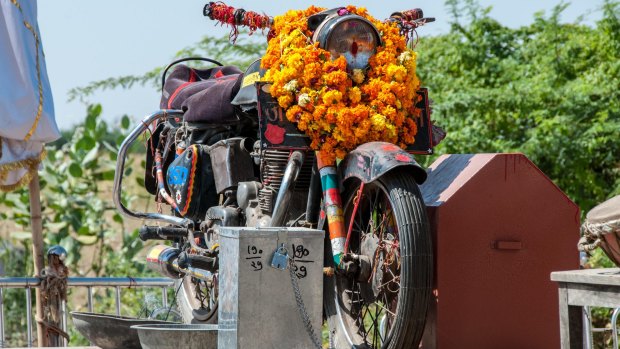
Credit: Alamy
On December 2, 1991, Om Singh Rathore was riding his motorbike along a highway outside the Rajasthani city of Jodphur when he lost control, skidding into a tree and dying instantly. What happened next created a legend. According to the stories, police took his motorbike to their station, and yet the next day it was found back at the crash site. They emptied the fuel tank and chained the bike up, but again, the next day it was found back near that fateful tree. Hearing of these miracles, locals moved the Royal Enfield Bullet to the site permanently, placing it on a concrete dais and enclosing it in glass. Now, passersby stop off daily to leave offerings and pray for protection from the Motorcycle God. And you can too. See tourism.rajasthan.gov.in
See also: An incredible adventure in India's most dazzling state
BUNKER 42, MOSCOW
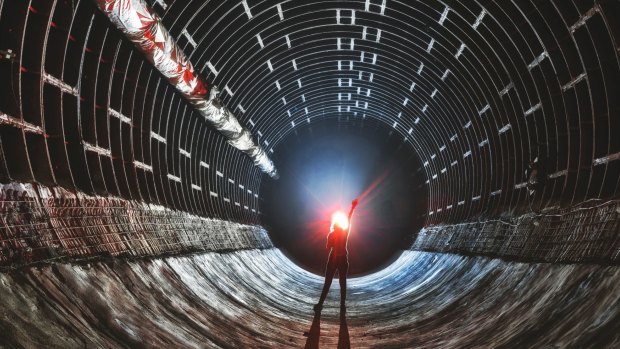
Credit: SHUTTERSTOCK
You often wonder what lies beneath in a city such as Moscow, what could be hidden in the endless depths of its subterranean world. And the answer, in part, is a secret bunker complex designed as an emergency headquarters and hideout during the Cold War. Beneath a nondescript building in the city centre, under 65 metres of solid earth, lies this 7000-square-metre warren of rooms and tunnels, all designed to withstand a nuclear attack. These days Bunker 42 is a museum, left much as it was originally laid out, with meeting rooms, command centres, and even a place to witness a fake nuclear blast. It's an amazing and bizarre window into another time. See bunker42.com
See also: Inside the giant 'palace underground' hidden beneath a London suburb
ISLAND OF THE DOLLS, MEXICO
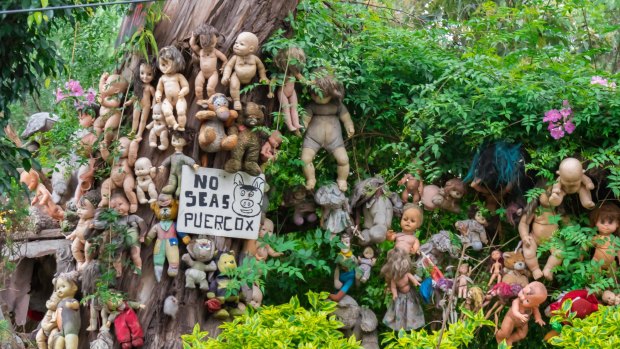
Credit: Alamy
Don Julian Santana was probably insane. What other explanation could there be a for a man who moved away from his family to live alone on a small island in the middle of a lake, who became convinced a small girl had drowned in that lake, and who spent the rest of his life collecting thousands of dolls in various states of decay and hanging them from trees around his island to honour her lost soul? Don Julian died in 2001; however, his island, La Isla de las Munecas, and his cabin home remain as he left it, strewn with dolls that stare lifelessly at those who still come to visit and witness this macabre spectacle. You can do it in a day trip from Mexico City. Good luck. See isladelasmunecas.com
LOVELAND, SOUTH KOREA
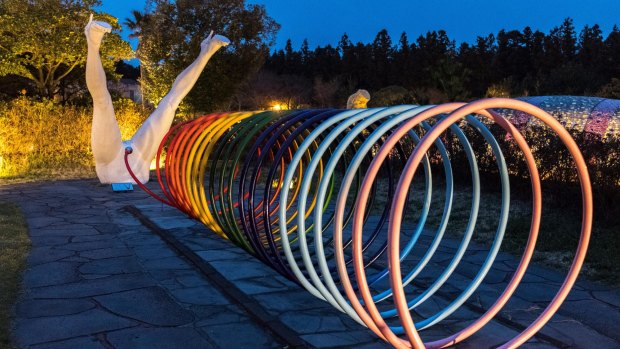
Credit: Alamy
You have to be over 18 years of age to enter Loveland, the theme park on the South Korean holiday island of Jeju, and that's a good thing, too: this is an outdoor sculpture park with a focus on sex, and it's not for the bashful. It takes about an hour, apparently, to move through Loveland's various exhibits, which include sculptures of phalluses and labia, depictions of couples in flagrante (some in fairly heroic positions), and a series of short sex-education films. The park, apparently, was inspired by Jeju's history as a honeymoon destination for arranged couples who were often blissfully ignorant of the ways of the world, and features the work of 20 local artists. See visitkorea.or.kr
PRADA MARFA, US

Credit: Alamy
MOMOFUKU ANDO INSTANT RAMEN MUSEUM, JAPAN
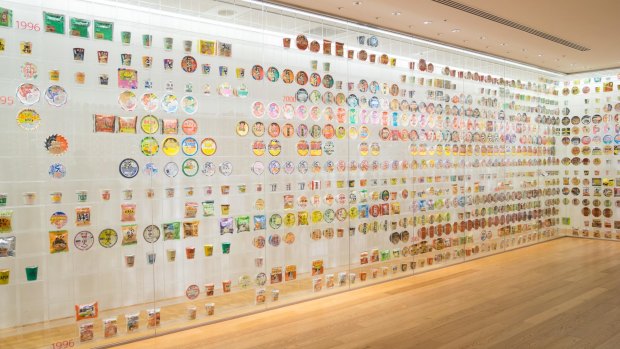
Credit: Alamy
There's nothing quite like a strange museum, and the world is full of them: there's the Avanos Hair Museum in Turkey, featuring the world's largest collection of human hair; the Iceland Phallological Museum, with its 276 phalluses; and St Petersburg's Kunstkamera, with its vast collection of preserved human parts. On the more appetising end of the scale is Osaka's Momofuku Ando Instant Ramen Museum, an establishment dedicated to Japan's favourite snack. Here you can track the evolution of cup noodles, learn about the inventor, Momofuku Ando, and even create your own tub of instant noodles, with custom flavours and a personally designed cup. Fun. See cupnoodles-museum.jp
See also: Twenty things that will surprise first-time visitors to Japan
JULIET'S BALCONY, ITALY
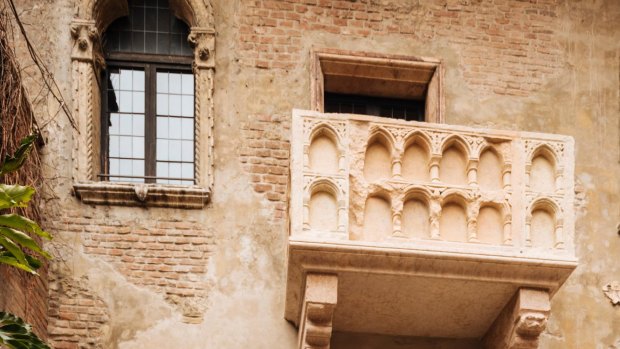
Credit: Alamy
This one isn't just weird – it's a total head-scratcher. Visit the beautiful Italian city of Verona on any given day and you'll find a few people checking out the Roman amphitheatre, a few strolling the lovely Piazza delle Erbe, and about a million tourists packed into a courtyard to see "Juliet's Balcony". This is supposed to be the very balcony from which Juliet Capulet pined for her great love, Romeo Montague, as captured in Shakespeare's famous play. Except, of course, those are completely fictional characters, "Juliet's house" has nothing to do with Shakespeare, and the balcony was only added in the 20th century. Still, that doesn't seem to deter lovers from making the pilgrimage to a place that has nothing to do with people who didn't exist. See veronatouristoffice.it
CAPUCHIN CATACOMBS, PALERMO
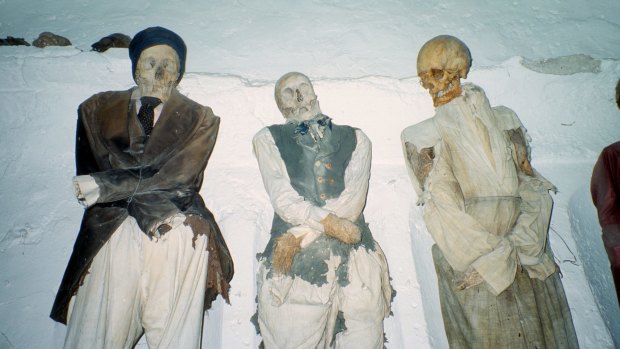
Credit: Alamy
The Capuchins are an odd bunch, aren't they? Not so much for their religious dedication, their austere lifestyle or their trademark brown robes – more for their habit of turning human remains into tourist attractions. There are several Capuchin crypts that have become macabre sites of pilgrimage, most notably in Rome, where the remains of some 3700 people have been arranged into pretty concentric patterns, and also in Palermo, Sicily, where more than 1200 mummified bodies are on display, many leering from the walls or lying on shelves still clad in their best outfits. These Capuchin Catacombs are actually a fascinating historical record, but still, a little creepy. See visitpalermo.it
TIERRA SANTA, ARGENTINA
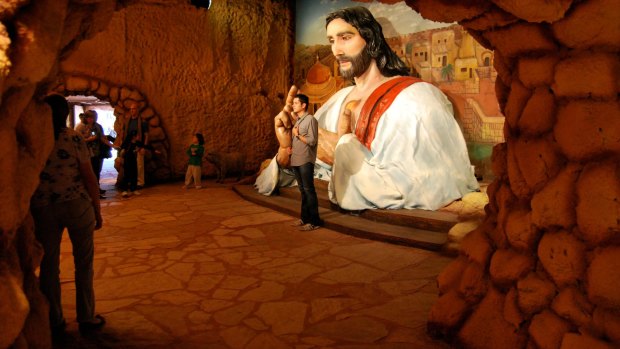
Credit: Alamy
Nothing says "religious dedication" like a theme park, right? That's obviously the thinking employed by the creators of Tierra Santa, Buenos Aires' premier (and only) Christian theme park. Here, visitors can walk the streets of Biblical Jerusalem, views scenes from the life (and death, and life) of Jesus Christ, learn more about the cultures of Jews and early Christians, and watch as every hour, on the hour, an 18-metre-high Jesus rises from behind a rock in an epic depiction of his miraculous resurrection. Even for non-Christians – or, some would say, especially for non-Christians – Tierra Santa has to be seen to be believed. See tierrasanta.com.ar
SPREEPARK, GERMANY
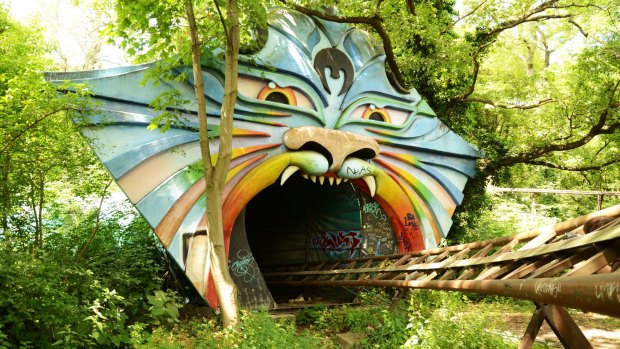
Credit: Alamy
It's fair to say that a zombie apocalypse is best experienced in a make-believe scenario, and where better to do that than Spreepark, an abandoned theme park in south-east Berlin that is being slowly reclaimed by the forest. Here it's very easy to picture the end of the world as you stroll through this communist-era park, which fell on hard times during reunification, and was eventually shuttered forever in 2002. Now, roller-coasters, Ferris wheels and even giant dinosaurs sit silently, being consumed by vegetation. Berlin is actually filled with fascinating abandoned buildings, from Tempelhof, the huge, Nazi-era airport, to Teufelsberg, the old US listening station. See visitberlin.de
FIVE WEIRD AND WONDERFUL ATTRACTIONS IN AUSTRALIA
ANYTHING "BIG"
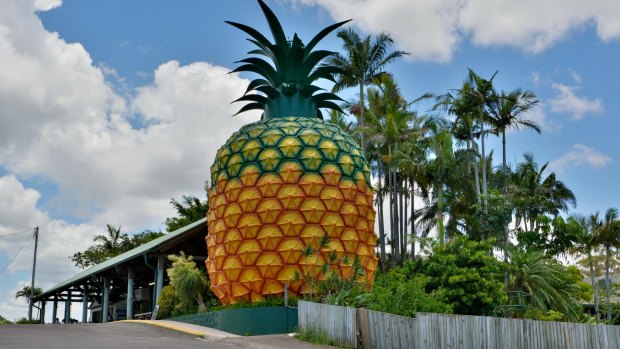
Credit: Alamy
Australia's "big things" might be a well-established part of our culture, but still, you have to acknowledge the inherent weirdness of them. The big pineapple? The big Ned Kelly? The big potato? We're oddly impressed by these classic road-trip distractions.
LAKE BALLARD, WA
Art is at its best when it provokes emotion, and there's no doubt Antony Gormley's ethereal, ghostly sculptures placed at random in the dry bed of Lake Ballard do exactly that. Those emotions might be fear, or a deep sense of foreboding, but still: success.
QUESTA CASA, WA
Questa Casa sounds quite romantic, and in its own way it is: this is Australia's oldest working brothel, in operation for more than 100 years, and it's one of Kalgoorlie's best-known tourist attractions. Guided tours are offered daily. Prepare for an interesting experience.
NIMBIN, NSW
How does Nimbin even exist? How does this hippie paradise deep in the Byron hinterland get away with its open marijuana obsession, with its free-love flavour and its apparent independence from all the normal rules? We're not sure, but it makes for a fascinating tourism experience.
COOBER PEDY, SA
There's nowhere else in Australia quite like Coober Pedy, the outback town where residents live in "dugouts"; underground houses that are built to withstand the area's scorching summer heat. These cave homes are cool and comfortable, and some welcome overnight guests.
WEIRD AND WONDERFUL THINGS TO EAT AND DRINK AROUND THE WORLD
CUY, PERU
Anyone who grew up with guinea pigs as pets, look away now. For other visitors to Peru, however, it's worth trying the Andean delicacy of "cuy", otherwise known as guinea pig. They're a little gamey, with not much meat on the bones, but a cultural experience nonetheless.
KUMYS, KAZAKHSTAN
This is a drink enjoyed across most of Central Asia, a beverage much loved by Kazakhs in particular, and treated with much trepidation by the rest of us: kumys, or sour, fermented horse milk. It's certainly worth trying – though you may not miss it once you leave.
HAKARL, ICELAND
Rotten shark. It doesn't sound very good, does it? Still, this is as traditional as Icelandic food gets, and every visitor should hold their nose and sample it. Just be prepared for a strongly fishy and highly ammonic flavour that may not be an instant hit.
SNAKE WINE, VIETNAM

Credit: Alamy
Why? That's the question. Why would you take a perfectly good bottle of rice wine and then stick a venomous snake in it? The answer has nothing to do with flavour, and everything to do with "essence", the questionable idea that you can take on a snake's power to aid health and virility.
SPRINGBOK, SOUTH AFRICA
Australia is one of the few countries in the world that eats its national icons. Kangaroo? Cute. Furry. Delicious. Another nation with a similar hunger for its symbols is South Africa, where springbok is on the menu, often slow-cooked in stews. It's quite tasty too.
PAJATA, ITALY
Just to show that challenging foods aren't limited to countries outside the Western hemisphere, check out pajata, a typically Roman dish of calves' intestines that are tied up and simmered so that the milk still inside them turns into a ricotta-like cheese. The small tubes are then served with rigatoni and a tomato sauce.
ROCKY MOUNTAIN OYSTERS, US
Mmm, oysters. Delicious. Except, of course, these oysters come from the Rocky Mountains, which are a long way from the nearest ocean. They're not oysters at all: they're bulls' testicles, often coated in flour and shallow-fried. Very tasty, apparently.
SAN-NAKJI, SOUTH KOREA
Everyone likes fresh seafood, but there is still something highly confronting about your seafood being so fresh that it's still wriggling around the plate, as it will be if you order san-nakji, or baby octopus, in South Korea. Experts will tell you to chew the tentacles vigorously, lest they attach themselves to the inside of your mouth. Solid advice.
FIVE WEIRD AND WONDERFUL CITIES
LA PAZ, BOLIVIA
Even the location of La Paz is a little weird and wonderful, clinging to the slopes of a steep valley high in the Andes, with the white cap of Illimani mountain towering in the distance. La Paz is 3640 metres above sea level, and hosts a daily witchcraft market, just to add to the discombobulation.
ASHGABAT, TURKMENISTAN
As recently as the early 2000s, the capital of Turkmenistan had no street names, only serial numbers. It also has the world's highest concentration of white marble buildings, the world's largest fountain, and the world's largest mural of a star. What it doesn't appear to have is anyone living there.
THAMES TOWN, CHINA
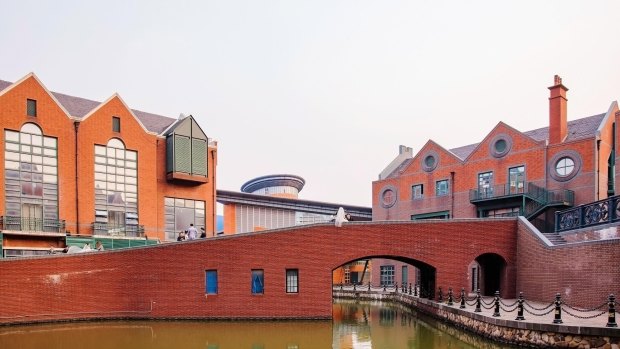
Credit: Alamy
Just outside Shanghai lies an incongruous site: a village of Tudor-style English homes, where you can have a pint at the pub and grab fish and chips down the road. Thames Town is a complete Chinese imagining of an English village, and it's bizarre in the extreme.
PYONGYANG, NORTH KOREA
It's difficult to get a handle on just how weird Pyongyang is – what's real and what isn't? What's put on for appearances and what's a genuine part of local life? But therein lies the mystery and the fascination with the North Korean capital.
THE VILLAGES, US
More than 120,000 people live in The Villages, in Florida, and they all have something in common: they're retirees. This is one of the world's largest retirement communities, where the average age is 68, most people vote Republican, and 98.3 per cent of residents are white.
Sign up for the Traveller Deals newsletter
Get exclusive travel deals delivered straight to your inbox. Sign up now.